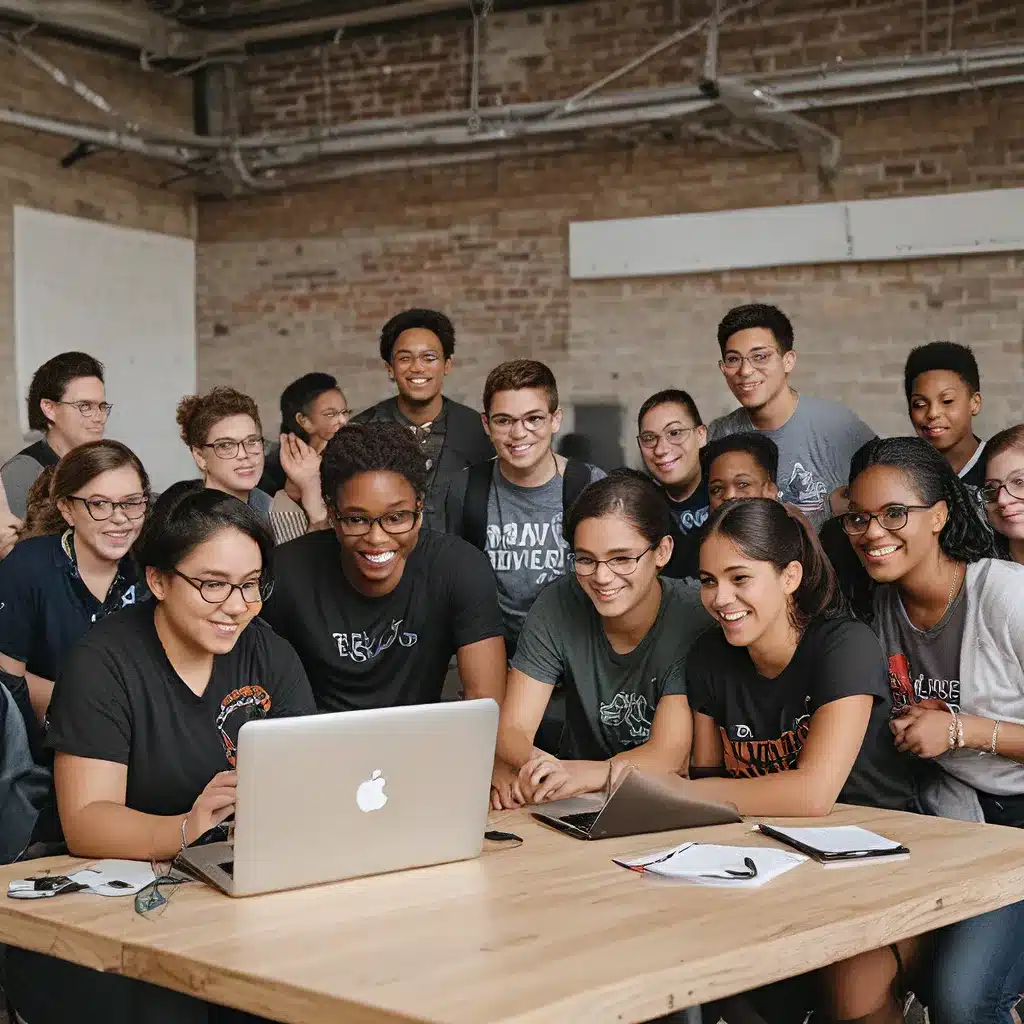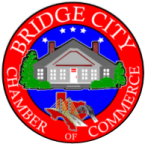
Making Digital Access a Reality for All
As I stroll through the bustling heart of Bridge City, I can’t help but notice the stark contrasts that exist within our vibrant community. On one street corner, a state-of-the-art tech hub hums with the energy of innovation, while just a few blocks away, families struggle to access the basic digital tools they need to thrive in today’s world. It’s a divide that has plagued our city for far too long, but thanks to the tireless efforts of our local leaders, we’re finally starting to see meaningful progress.
The Bridge City Chamber of Commerce has been at the forefront of this crucial initiative, working hand-in-hand with the Mayor’s Office, the St. Louis Development Corporation (SLDC), and a host of passionate community stakeholders to tackle the digital divide head-on. Their comprehensive Digital Inclusion Action Plan, developed in partnership with the consulting firm Guidehouse, has laid the groundwork for a series of transformative projects aimed at ensuring that every resident in Bridge City has the tools and skills they need to succeed in the digital age.
Connecting the Unconnected
One of the most pressing challenges facing our city is the stark disparity in access to high-speed internet. While many of us take our lightning-fast Wi-Fi for granted, there are entire neighborhoods in Bridge City where getting online is a daily struggle. To address this issue, the city has launched a bold initiative to expand its municipal broadband network, with the goal of providing affordable, reliable internet access to every household in the city.
“We recognized that in today’s world, access to the internet is no longer a luxury, but a fundamental necessity,” explains Simon Huang, the Chief Technology Officer for the Mayor’s Office and SLDC. “By investing in our own broadband infrastructure, we’re able to ensure that even the most underserved communities have the connectivity they need to thrive.”
Bridging the Digital Skills Gap
Of course, access to the internet is only half the battle. Many Bridge City residents, especially our older population and those from low-income backgrounds, also lack the digital literacy skills needed to fully capitalize on the opportunities the internet provides. That’s why the city’s Digital Inclusion Action Plan also includes a robust training and education initiative, designed to empower residents with the knowledge and confidence they need to navigate the digital landscape.
“We’ve partnered with local community centers, libraries, and schools to offer free digital skills workshops and one-on-one coaching sessions,” says Sheila Rabbitt, the Broadband Analyst for SLDC. “From learning how to send an email to mastering online job applications, we’re committed to ensuring that every resident in Bridge City has the tools they need to succeed in today’s digital world.”
Fostering a Culture of Collaboration
One of the most unique and exciting aspects of Bridge City’s digital equity efforts is the way they’ve embraced a collaborative, community-driven approach. Rather than trying to go it alone, the city has actively sought out partnerships with local businesses, nonprofits, and other stakeholders, all with the goal of leveraging their collective resources and expertise to achieve maximum impact.
“We recognized from the very beginning that addressing the digital divide would require a true team effort,” explains Huang. “That’s why we’ve worked tirelessly to build the ConnectSTL Digital Inclusion Coalition, a dynamic network of organizations and individuals who are all committed to the same goal of ensuring digital access for all.”
The Power of Collective Impact
The ConnectSTL coalition has been a game-changer for Bridge City’s digital equity initiatives, providing a platform for collaboration, knowledge-sharing, and strategic alignment. By bringing together a diverse array of stakeholders, from tech giants to grassroots community organizations, the coalition has been able to identify and address the unique challenges facing different neighborhoods and demographics within the city.
“One of the key insights we’ve gained from this collaborative approach is that there’s no one-size-fits-all solution to the digital divide,” says Rabbitt. “Each community has its own unique needs and barriers, and by working together, we’re able to tailor our efforts to meet those specific requirements.”
Investing in the Future
To ensure the long-term sustainability of these digital equity initiatives, the city has also established a dedicated Digital Inclusion Fund, which will provide ongoing financial support and resources to local organizations and programs working to bridge the digital divide.
“We see this fund as a critical investment in the future of our city,” says Huang. “By empowering our community partners to continue their important work, we’re not only addressing the immediate needs of our residents, but we’re also laying the groundwork for a more inclusive, prosperous, and technologically advanced Bridge City.”
A Vision for a Digital-First Future
As I reflect on the remarkable progress we’ve made in Bridge City, I can’t help but feel a sense of pride and excitement for the future. Thanks to the tireless efforts of our local leaders and the unwavering dedication of our community partners, we’re well on our way to becoming a model of digital inclusion and tech-driven innovation.
“Our vision is to create a city where every resident, regardless of their background or economic status, has the opportunity to thrive in the digital age,” says Huang. “By breaking down the barriers to technology and empowering our community with the skills and resources they need, we’re not only transforming lives, but we’re also positioning Bridge City as a beacon of hope and inspiration for cities across the country.”
So, let’s keep up the momentum, Bridge City. The digital divide may be a formidable challenge, but with our collective drive, creativity, and commitment to equity, I have no doubt that we’ll overcome it, one connection at a time.


